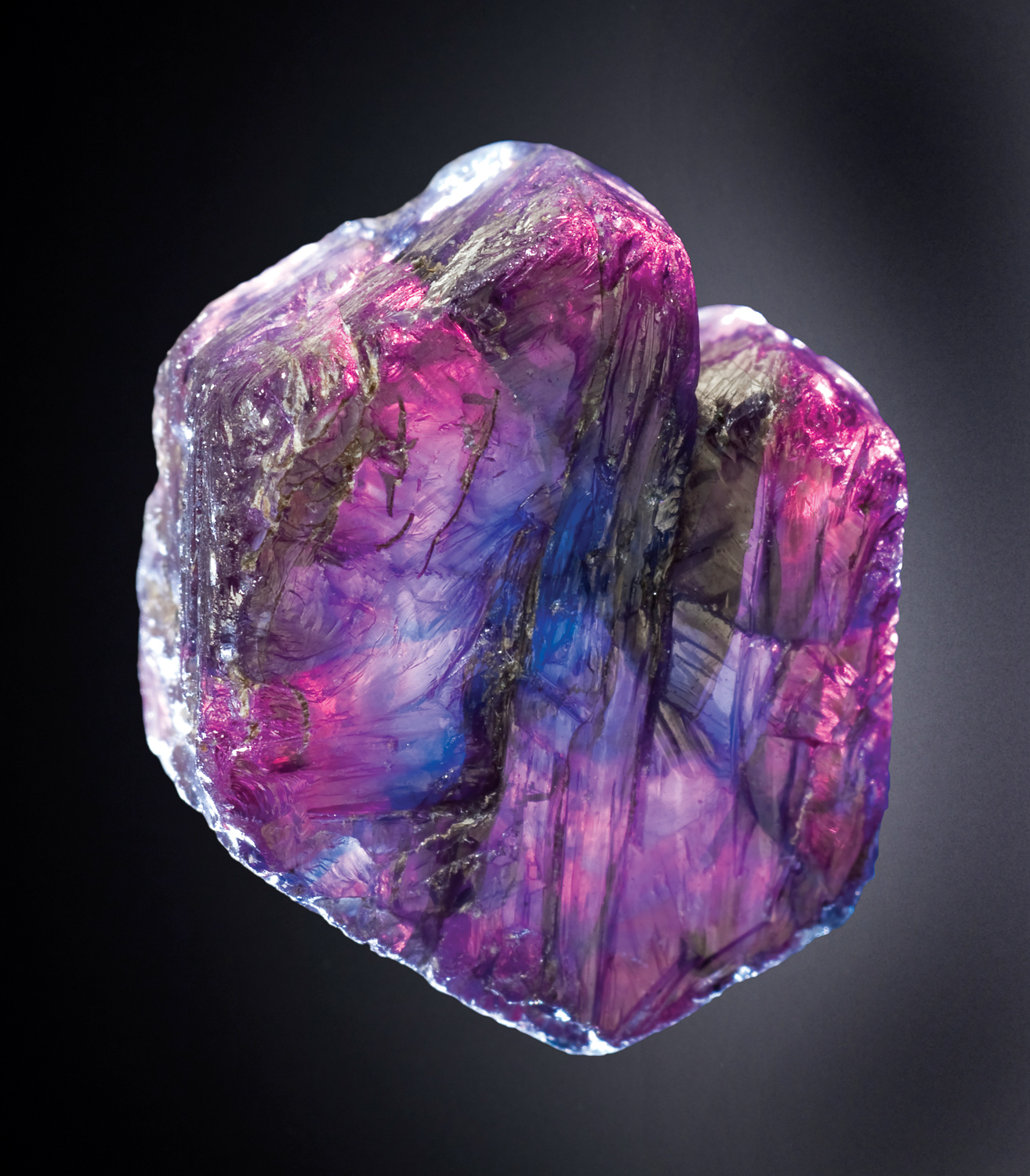New results reveal surprising behavior of minerals deep in the Earth
As you are reading this, more than 400 miles below you is a massive world of extreme temperatures and pressures that has been churning and evolving for longer than humans have been on the planet. Now, a detailed new model from Caltech researchers illustrates the surprising behavior of minerals deep in the planet’s interior over millions of years and shows that the processes are actually happening in a manner completely opposite to what had been previously theorized.
当你读这篇文章的时候,在你下面400多英里的地方,是一个有着极端温度和压力的巨大世界,它在人类出现在这个星球上之前就已经在搅动和进化了。现在,加州理工学院的研究人员建立了一个详细的新模型,说明了数百万年来地球内部深处矿物质的惊人行为,并表明这些过程实际上是以与先前理论完全相反的方式发生的。
The research was conducted by an international team of scientists, including Jennifer M. Jackson, William E. Leonhard Professor of Mineral Physics. A paper describing the study appears in the journal Nature on January 11.
这项研究是由一个国际科学家团队进行的,其中包括矿物物理学教授詹妮弗·M·杰克逊。描述这项研究的论文发表在1月11日的《自然》杂志上。
“Despite the enormous size of the planet, the deeper parts are often overlooked because they’re literally out of reach—we can’t sample them,” Jackson says. “Additionally, these processes are so slow they seem imperceptible to us. But the flow in the lower mantle communicates with everything it touches; it’s a deep engine that affects plate tectonics and may control volcanic activity.”
杰克逊说:“尽管这颗行星体积巨大,但更深层的部分经常被忽视,因为它们确实遥不可及——我们无法对它们进行采样。”“此外,这些过程非常缓慢,我们似乎察觉不到。但下地幔的流动与它所接触的一切都有联系;这是一个影响板块构造的深层引擎,可能会控制火山活动。”
The lower mantle of the planet is solid rock, but over hundreds of millions of years it slowly oozes, like a thick caramel, carrying heat throughout the planet’s interior in a process called convection.
这颗行星的下地幔是坚固的岩石,但在数亿年的时间里,它慢慢地渗出,就像一块厚厚的焦糖,在一种称为对流的过程中将热量带到整个行星内部。
Many questions remain unanswered about the mechanisms that allow this convection to happen. The extreme temperatures and pressures at the lower mantle—up to 135 gigapascals and thousands of degrees Fahrenheit—make it difficult to simulate in the laboratory.
关于这种对流发生的机制,仍有许多问题没有得到解答。地幔下部的极端温度和压力——高达135千帕斯卡和数千华氏度——使其难以在实验室中模拟。
For reference, the pressure at the lower mantle is almost a thousand times the pressure at the deepest point of the ocean. Thus, while many lab experiments on mineral physics have provided hypotheses about the behavior of lower mantle rocks, the processes occurring at geologic timescales to drive the sluggish flow of lower-mantle convection have been uncertain.
作为参考,下地幔的压力几乎是海洋最深处压力的1000倍。因此,虽然许多关于矿物物理的实验室实验提供了关于下地幔岩石行为的假设,但在地质时间尺度上驱动下地幔对流缓慢流动的过程一直不确定。
The lower mantle is mostly made up of a magnesium silicate called bridgmanite yet also includes a small but significant amount of a magnesium oxide called periclase mixed in among the bridgmanite in addition to small amounts of other minerals. Laboratory experiments had previously shown that periclase is weaker than bridgmanite and deforms more easily, but these experiments did not take into account how minerals behave on a timescale of millions of years. When incorporating these timescales into a complex computational model, Jackson and colleagues found that grains of periclase are actually stronger than the bridgmanite surrounding them.
下地幔主要由一种称为桥石的硅酸镁组成,但也包括少量但数量可观的氧化镁,称为方镁石,混合在桥石中,此外还有少量其他矿物质。之前的实验室实验表明,方镁石比桥锰矿更弱,更容易变形,但这些实验没有考虑到矿物在数百万年的时间尺度上的表现。当将这些时间尺度纳入一个复杂的计算模型时,Jackson和同事们发现方镁石的颗粒实际上比周围的桥石更坚固。
“We can use the analogy of boudinage in the rock record [image at right], where boudins, which is French for sausage, develop in a rigid, ‘stronger,’ rock layer among less competent, ‘weaker,’ rock,” Jackson says.
杰克逊说:“我们可以用岩石记录中的boudinage来类比,boudins在法语中是香肠的意思,它在不那么有能力、更弱的岩石之间的坚硬、更强的岩层中发育。”
Read more at Phys.org
在Phys.org上阅读更多











